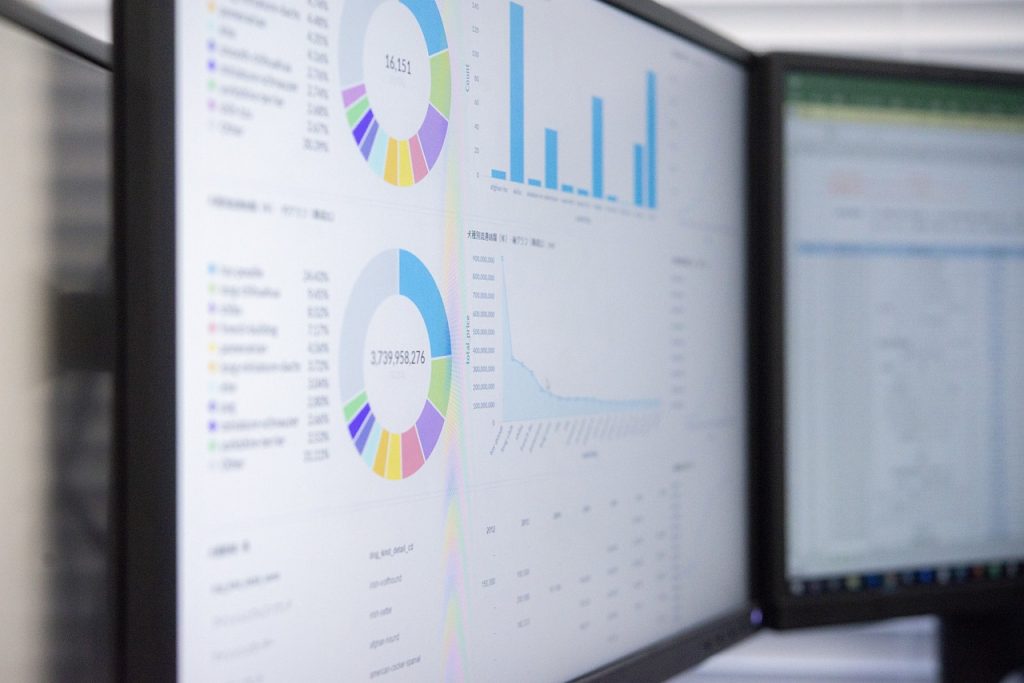
What is Power BI?
Power BI is a business analytics service provided by Microsoft that helps you visualize and understand your data. It’s a powerful tool for creating interactive dashboards, reports, and visualizations.
Key features of Power BI include:
- Data connectivity: Power BI can connect to a variety of data sources, including Excel, SQL Server, CSV files, and cloud-based services like Azure SQL Database and Salesforce.
- Data modeling: You can create data models to define relationships between different data sources and tables.
- Data analysis: Power BI offers a rich set of data analysis capabilities, including calculated fields, measures, and filters.
- Visualization: You can create a wide range of visualizations, including charts, graphs, maps, and custom visuals.
- Dashboard creation: Power BI allows you to create interactive dashboards that can be shared with others.
- Collaboration: You can collaborate with colleagues on creating and sharing reports and dashboards.
Businesses of all sizes use Power BI to:
- Analyze data: Gain insights into their data and identify trends and patterns.
- Make better decisions: Use data-driven insights to make informed decisions.
- Improve efficiency: Streamline processes and improve productivity.
- Increase revenue: Drive growth by identifying new opportunities.
- Overall, Power BI is a versatile and powerful tool that can help you get more value out of your data.
Building a Basic Power BI Report: A Step-by-Step Guide
1. Get Power BI Desktop
- Download and install Power BI Desktop from the official Microsoft website.
2. Connect to Your Data Source
- Get Data: Click on the “Get Data” button in the Home tab.
- Choose a Source: Select the type of data source you want to connect to (e.g., Excel, SQL Server, CSV).
- Provide Credentials: Enter the necessary connection details and credentials.
3. Import or DirectQuery
- Import: Load the entire dataset into Power BI Desktop for offline analysis.
- DirectQuery: Connect directly to the data source and query it in real time.
4. Explore and Clean Your Data
- Data View: Examine the imported data in the Data View.
- Data Cleaning: Handle missing values, inconsistencies, and outliers as needed.
- Transform Data: Use the Query Editor to transform and shape your data, such as filtering, sorting, and creating calculated columns.
5. Create a Data Model
- Relationships: Establish relationships between tables based on common columns.
- Hierarchy: Create hierarchies to group related data (e.g., country, state, city).
- Measures: Define calculations using DAX (Data Analysis Expressions) to aggregate and analyze your data.
6. Create Visualizations
- Visualizations Pane: Choose from a variety of visualizations like bar charts, line charts, pie charts, and maps.
- Drag and Drop: Drag fields from the Fields pane onto the visualization canvas to create your chart.
- Customize Visualizations: Adjust colors, labels, tooltips, and other properties to tailor the visualization to your needs.
7. Create a Report
- Report View: Switch to the Report View to arrange and organize your visualizations.
- Add Pages: Create multiple pages for different sections of your report.
- Filters and Slicers: Add filters and slicers to allow users to interact with your report and drill down into specific data.
8. Publish Your Report
- Publish to Power BI Service: Upload your report to the Power BI service to share it with others.
- Share with Colleagues: Grant access to specific users or groups.
- Embed in Websites: Embed your report into websites or applications.